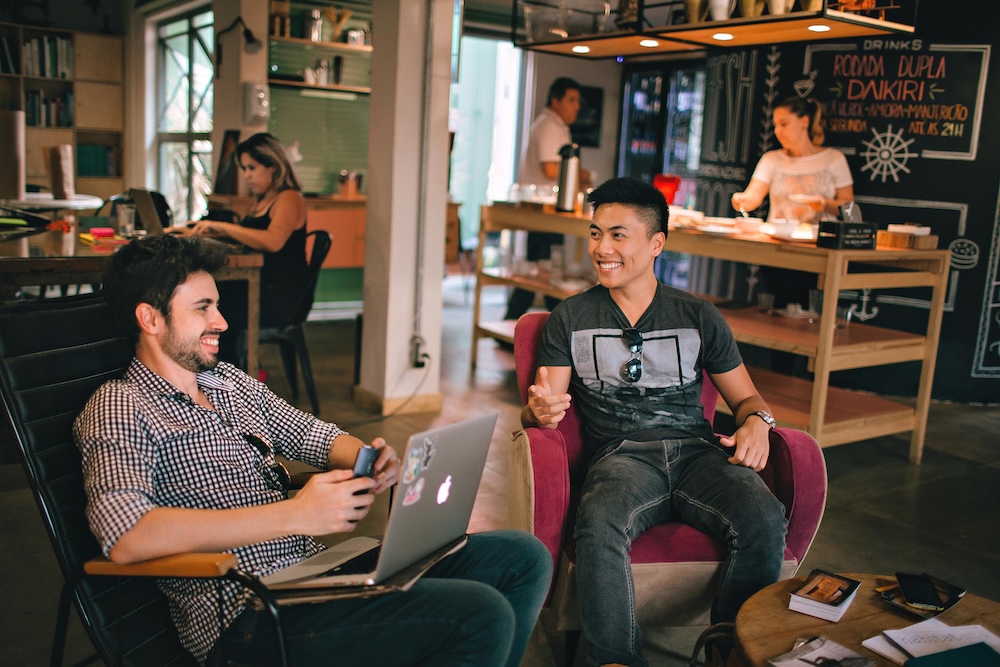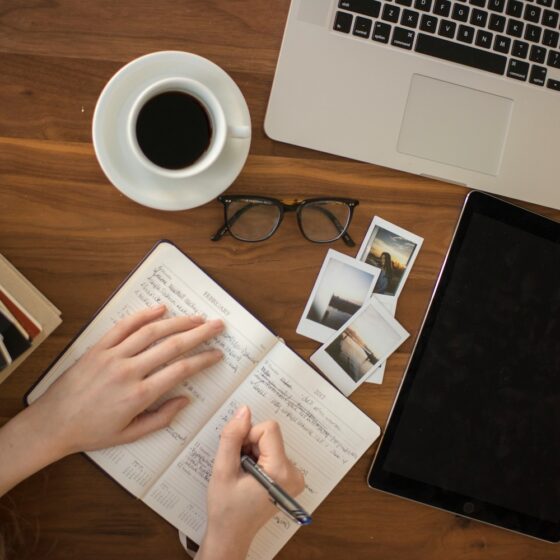For gents looking to FIRE, that is, to reach financial independence and retire early, mastering some core trading strategies can help build wealth in the long term. In this finance guide, you’ll learn five key strategies to move from constant red PNL statements to becoming a guru at trading before clocking 30. Let’s get started.
Scalping
There will be periods when you have less time to spend glaring at trading screens or studying trading signals on your CFD broker. As a result, you may simply prefer a quicker trading method. Scalping is the go-to strategy for fast-paced trading to close several profits in short bursts of time.
To be successful at scalping, you need to be fast and disciplined. Mastering scalping may take a while, but the rewards are well worth it. It involves opening and closing positions after just a few pip movements. Each trade will usually take somewhere from a few seconds to a few minutes.
ADVERTISEMENT |
Due to the fast-paced nature, you’re better off trading larger position sizes to maximise profits. This trading strategy is most effective in highly liquid markets, especially when the bid-ask spread isn’t too wide. To maximise scalping, focus on maintaining a high win-to-loss ratio for consistent profits.
Copy trading
Trading offers multiple earning opportunities, each with different requirements. Copy trading, for instance, is a surefire way to take a break from technical analysis. By simply copying other pro traders, you can replicate their trades and make similar returns. But heads up—your level of profitability is hinged on the trader you’re copying, so you must choose who to follow carefully.
Take a look at their historical profitability, risk level, trading history, number of followers, and trading style. Most forex brokers display these insights so users can choose traders that suit their preferences. Once you choose a trader to copy, you can allocate funds to automatically pick each trade opened by the lead trader. Copy trading serves as a passive way to make money as a trader and is one of the most important strategies men should know early on.
ADVERTISEMENT |
News trading
In the financial markets, news makes money. News affects currency, stocks, and derivatives prices, making it a fundamental aspect of trading. When news hits, price tends to spike or dump in one direction as investors and traders react to the impact of the event being broadcast. Knowing how to predict how the market would react to a particular news is an important trading skill you should master.
For example, let’s say that the US is expected to increase tariffs on the European Union. This means the EU markets may struggle a bit since the US is one of their biggest importers. A higher tariff on goods from the EU would likely weaken investors’ confidence in the Euro, leading to big market players selling off their Euro for the US dollar or other currencies. This scenario represents a time when traders can open trades in anticipation of the general market sentiment.
Trend trading
While trend trading requires utmost attention to pick winning trades, it’s one of the most popular strategies among day traders. To trade trends, your aim is simply to ride along the price direction of an asset. If the asset is trending upwards, you’ll open a long position. The same goes for vice versa.
ADVERTISEMENT |
Trend trading looks simple, but the skill you need to master here is recognising if an asset has sustained price movements, which is favourable for trend-following trades. Using a trend trading strategy in a market with persistent short-term fluctuations can lead to unforeseen losses.
You’ll find technical indicators like Relative Strength Index, Moving Averages, and Bollinger Bands useful for identifying and confirming trends before opening a position. The caveat to trend trading is the possibility of incredibly choppy markets or sudden price reversals, which can eat into your profits and reduce your trading fund.
Algorithmic trading
Algorithmic trading involves the use of computer programs to place a trade. Algo traders leverage the zero-emotions or bias associated with human-based trades for more consistent profits. Algorithmic trading may sound complicated at first, but it’s only as complex as you want it to be. With Expert Advisor on MetaTrader, you can trade using an already-built or developed trading model. If you’re confident in your coding skills, you can opt to write your own algorithmic bot in MetaQuotes Language (MQL). A simple program can contain instructions like this: sell 100 shares of a stock when its 20-day moving average goes below its 50-day moving average or buy 50 shares of a stock when its 20-day moving average rises above its 50-day moving average. Although algorithmic trading can be challenging compared to other trading strategies like scalping, it is one of the few that eliminates human error, making it a must-learn for ambitious traders.
ADVERTISEMENT |
Your path to financial advancement
Whether you’re on your way to 30 or reeling in your 30s, trading the financial markets can be another source of income to boost your finances. There’s no denying the fact that online trading can be volatile. However, the key to profitability is also in price movements and fluctuations. Key trading strategies like scalping, copy trading, and algorithmic trading are some of the most important for under-30 gents to master.












